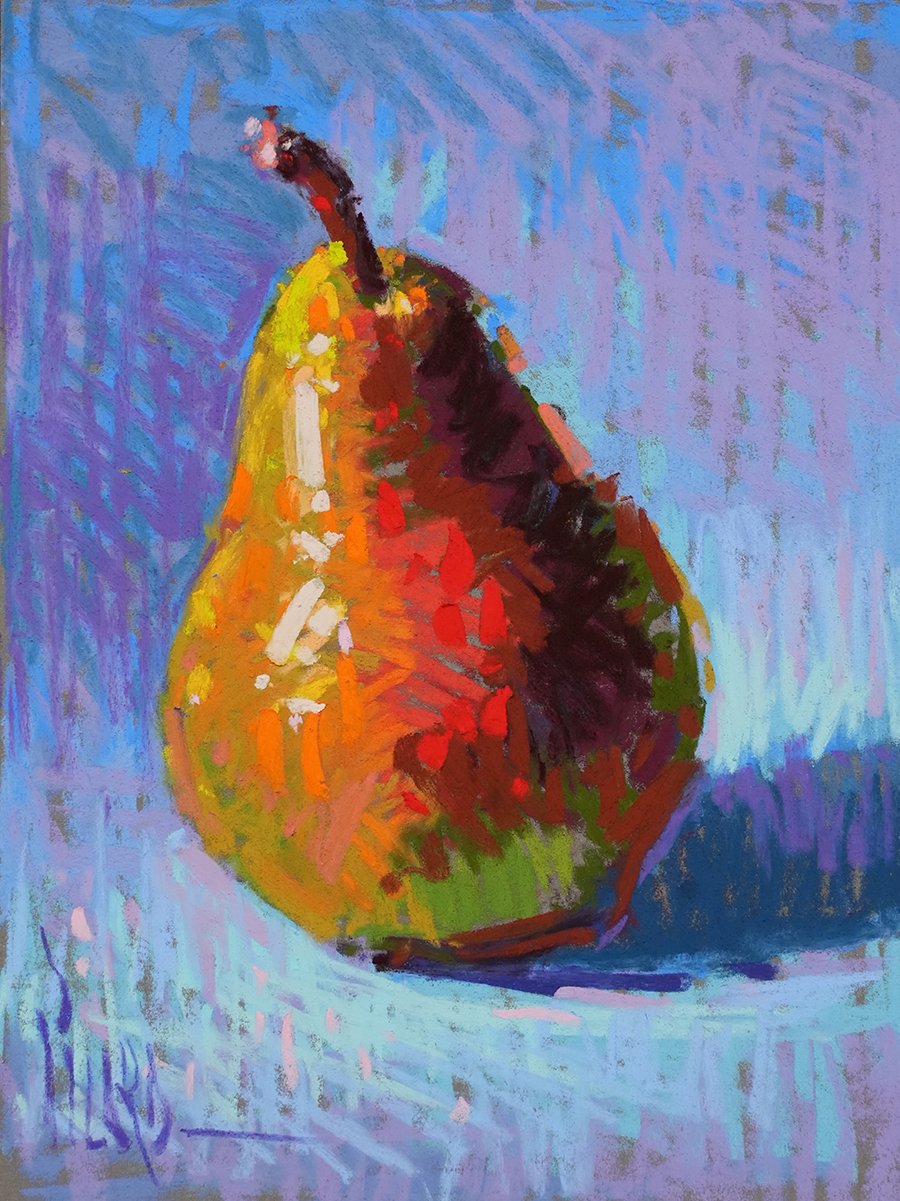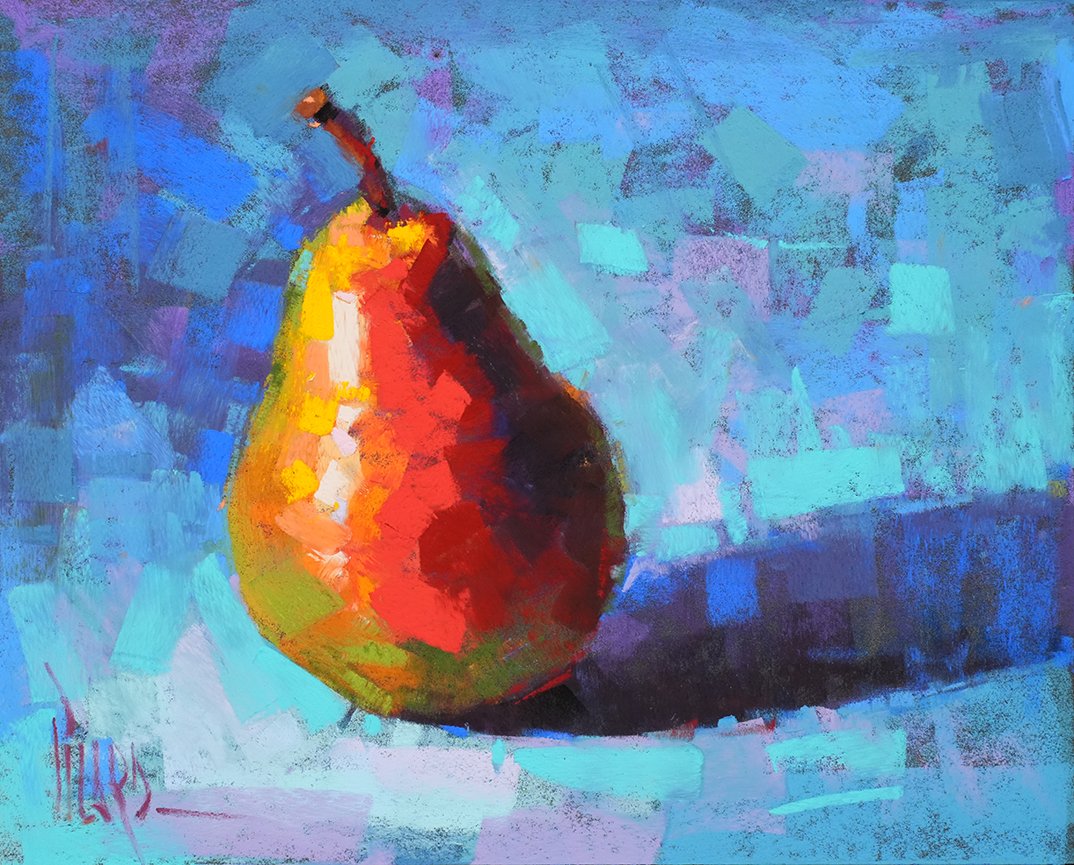4 Ways to Make Your Mark
Mark-making is the vocabulary we use to communicate with the viewer.
Through marks, we can speak quietly or loudly, be subtle or bold. Transcribing marks onto the surface of the artwork should be as unique as each individual. This is not time to hide behind excessive blending! Allow your creative voice to come through loud and clear in the conversation. Color and value are powerful tools in the hands of the artist, but marks transfer them from vision to surface.
Have you taken some time to consider the impact of your mark making?
Setting apart time to develop a personal vocabulary of marks is important, but it doesn’t have to be intimidating!
Here are four tips to help you foster a dynamic conversation with the viewer through your marks:
1️⃣ Experiment with Various Marks
The first step toward a broader vocabulary is to learn the various ways your pastel sticks can create marks. Experiment! Take some time to investigate and develop a greater awareness of the types of marks available to you with pastels. Consider how important the direction and pressure of each stroke is to the result.
Practice making marks on a scrap sheet of paper using the tip, sides, corners of your pastels to create a variety of strokes. Use bigger and smaller sticks of pastel to vary your stroke size, and notice how the harder pastels create a finer mark while softer pastels produce a more painterly stroke.
It may seem frivolous, but this kind of exploratory creative play will bring about new discoveries and broaden your mark making vocabulary.
The Linear Pear, 8x6” pastel on Pastelmat
2️⃣ Use Only Linear Marks
Create a small painting using only linear marks to hatch, crosshatch and stipple without any blending. This is an amazing exercise, because you’ll learn how to create shape and tone by layering the linear marks instead of smudging pigments around to create a gradation. This results in a dynamic play of color and a stimulating energy of line.
The Sculpted Pear, 8x10” pastel on Anthracite Pastelmat
3️⃣ Use Only Side Strokes
Another great mark-making exercise is to create a small painting using only the side of your pastels to make strokes of varying lengths and directions. This will help you to develop a more sculptural approach to pastel painting that resembles the brush strokes of an oil painter. Carve and sculpt the subject with your marks, taking care to use a light touch so you can apply multiple layers.
4️⃣ Make Your Mark!
After practicing a variety of mark-making approaches, it’s time to integrate these techniques and learnings into your work and make them your own. Create a small painting as a personal response to all the techniques you’ve learned, and celebrate your favorite strokes! Mix and match, layer and glaze, stipple and stroke your way to a beautiful finish that is both joyful and personal.
Let these four mark-making tips empower your next creative conversation, and may your marks be loud and clear!
Learn how to create expressive marks with master artist and instructor Alain Picard



